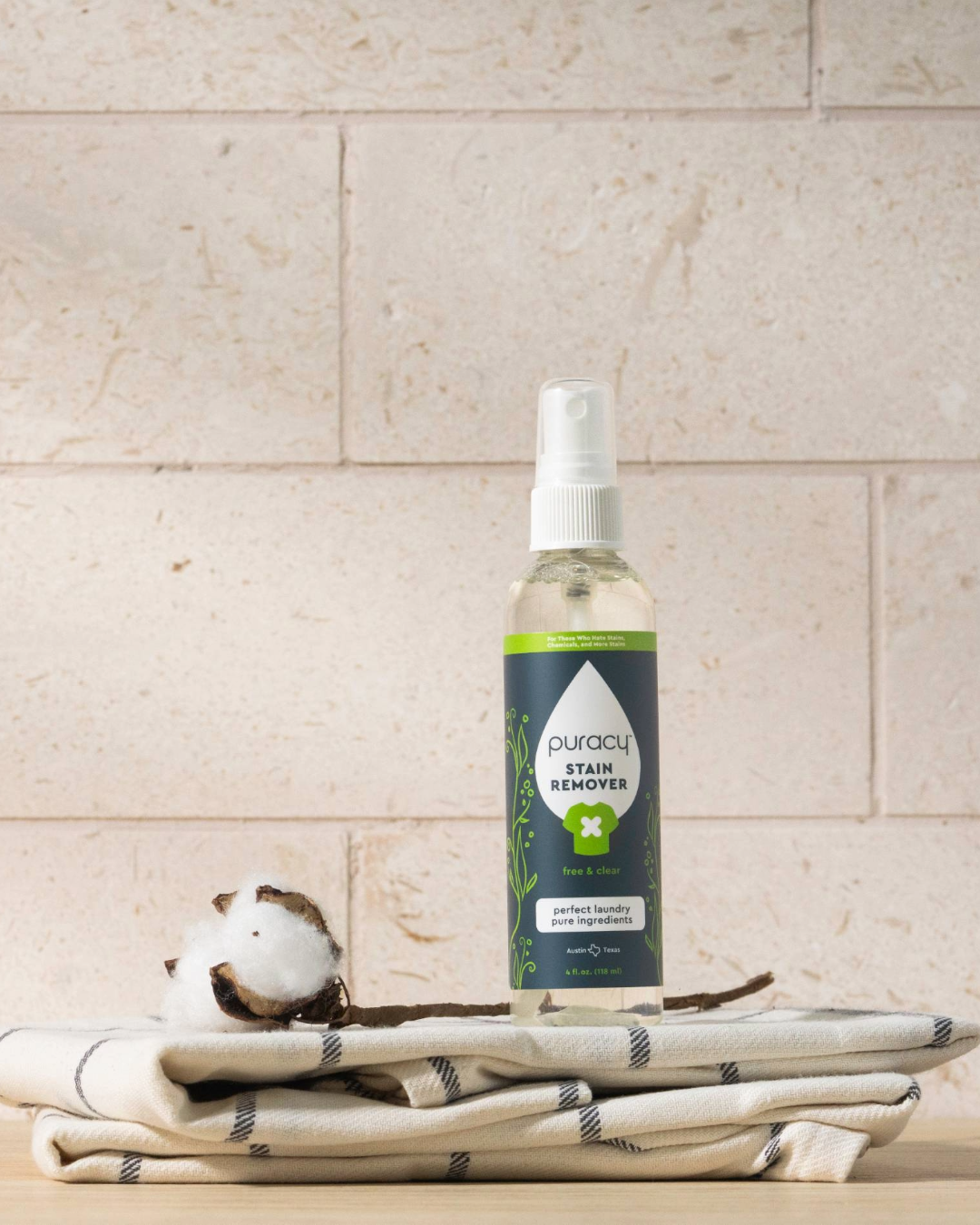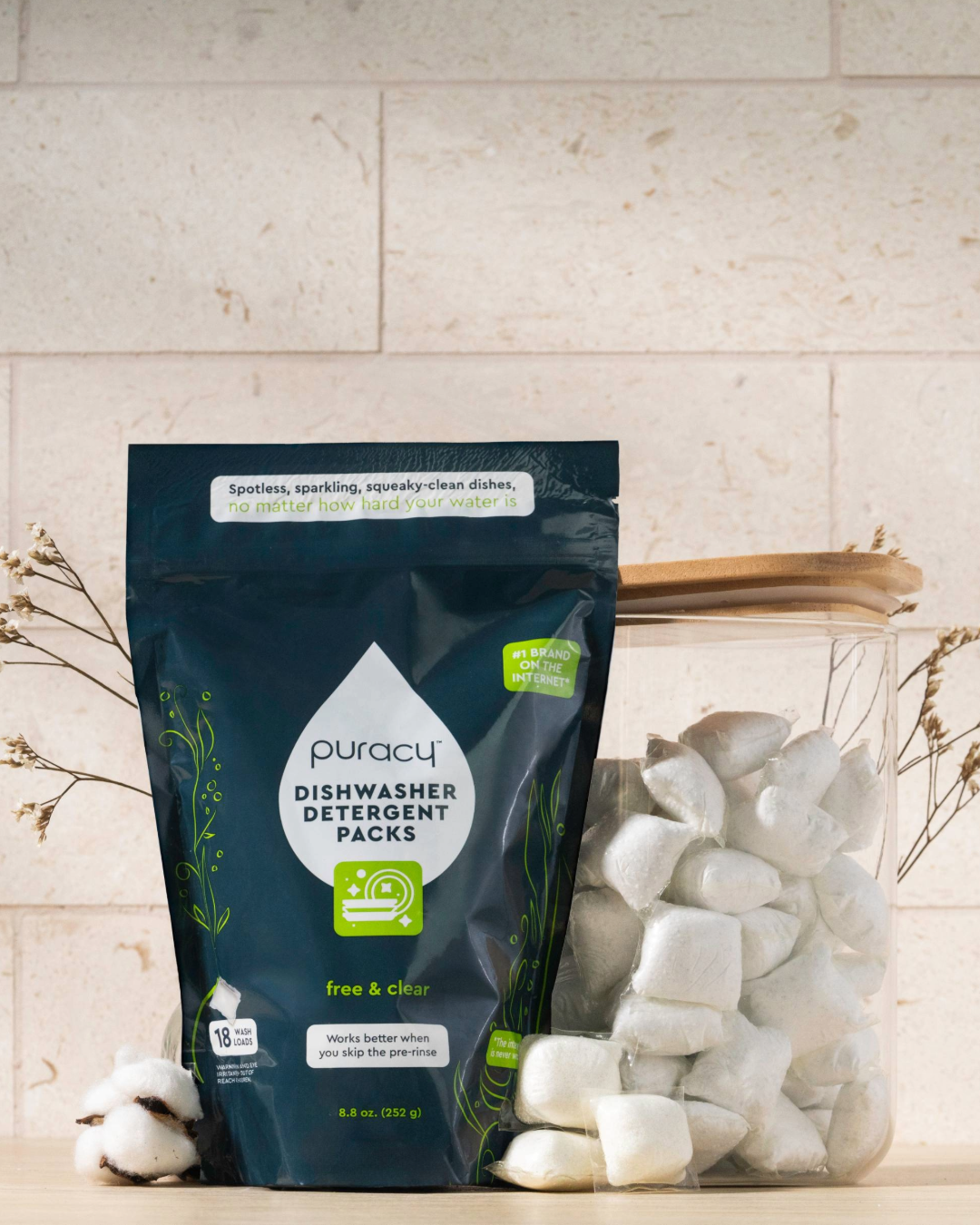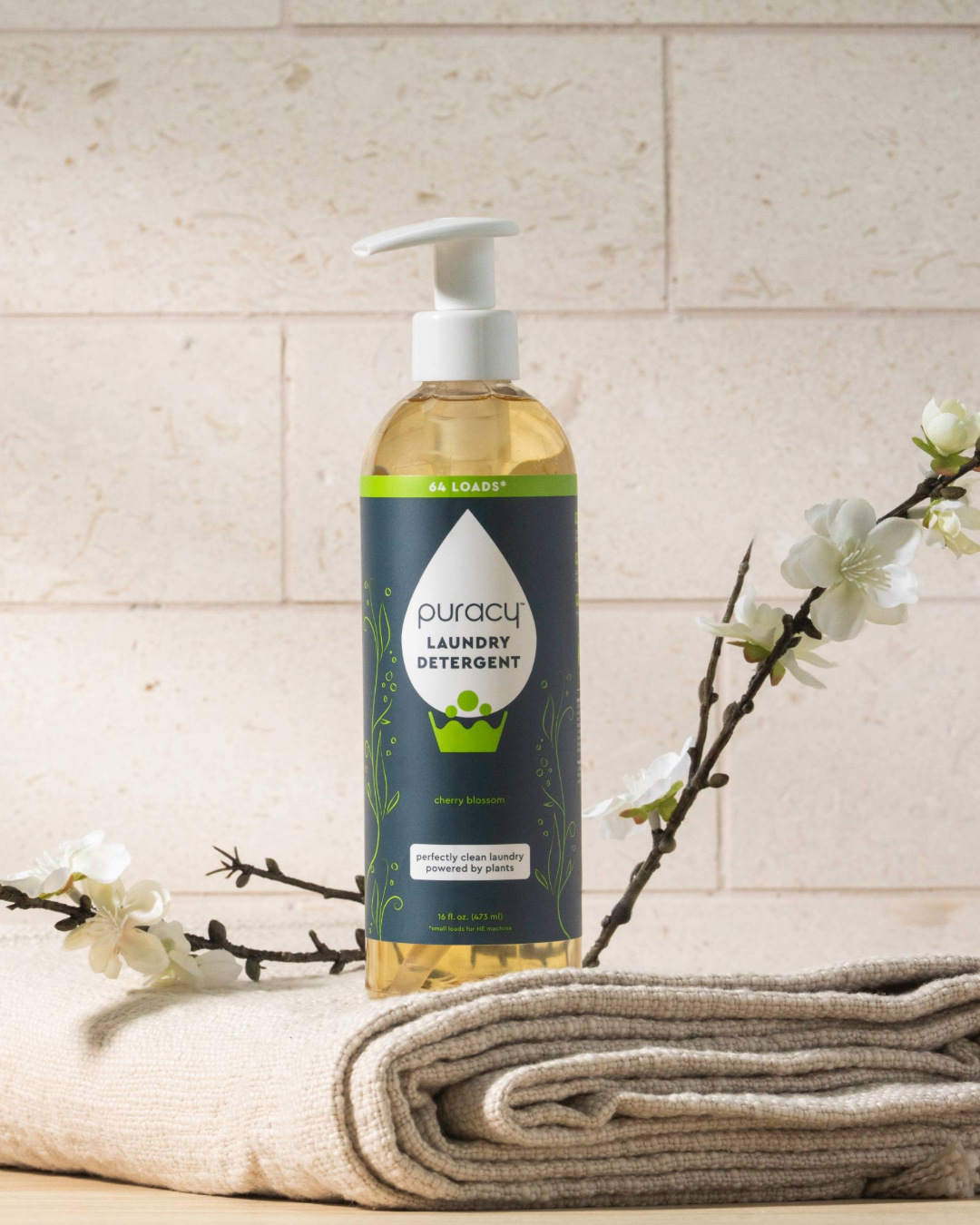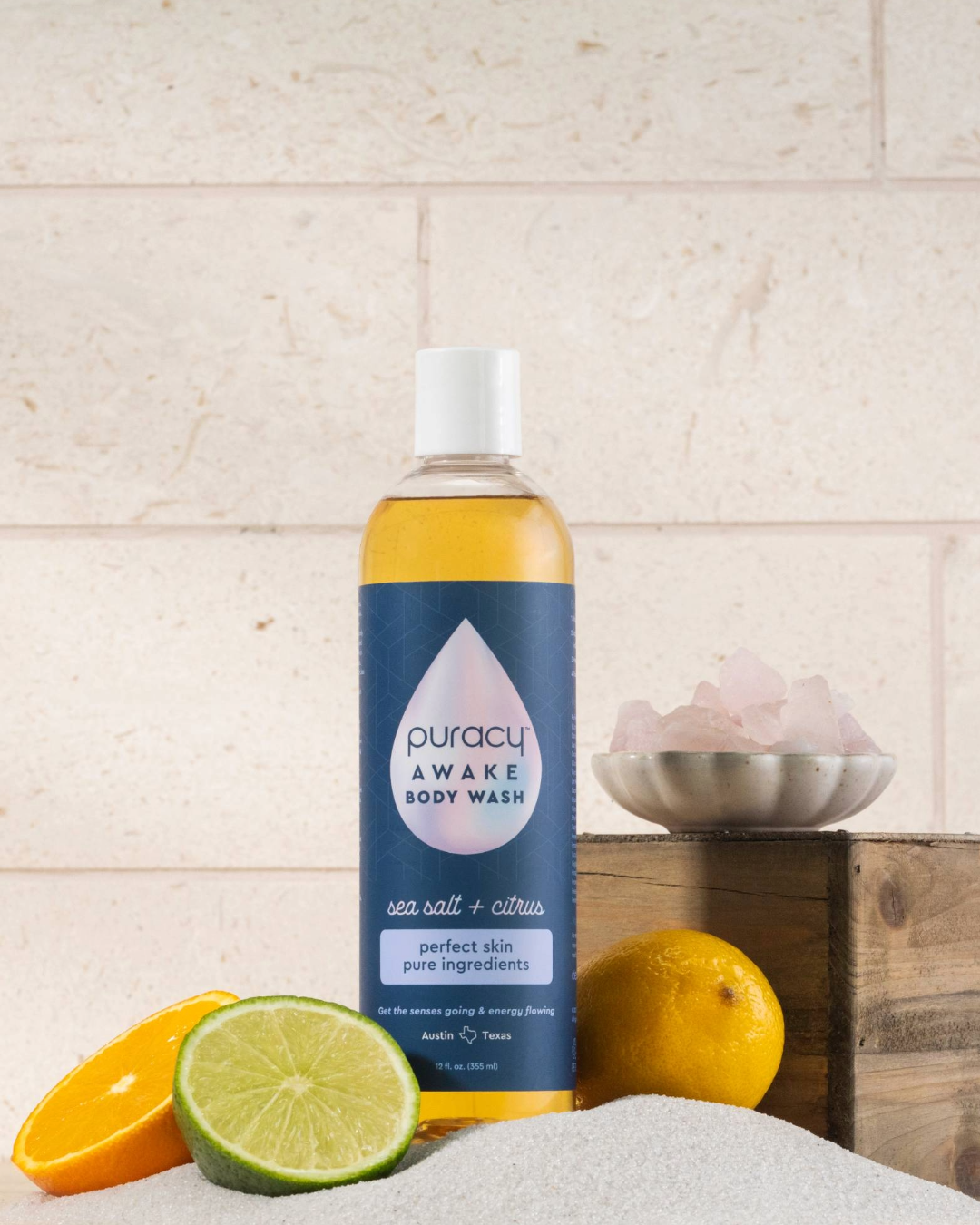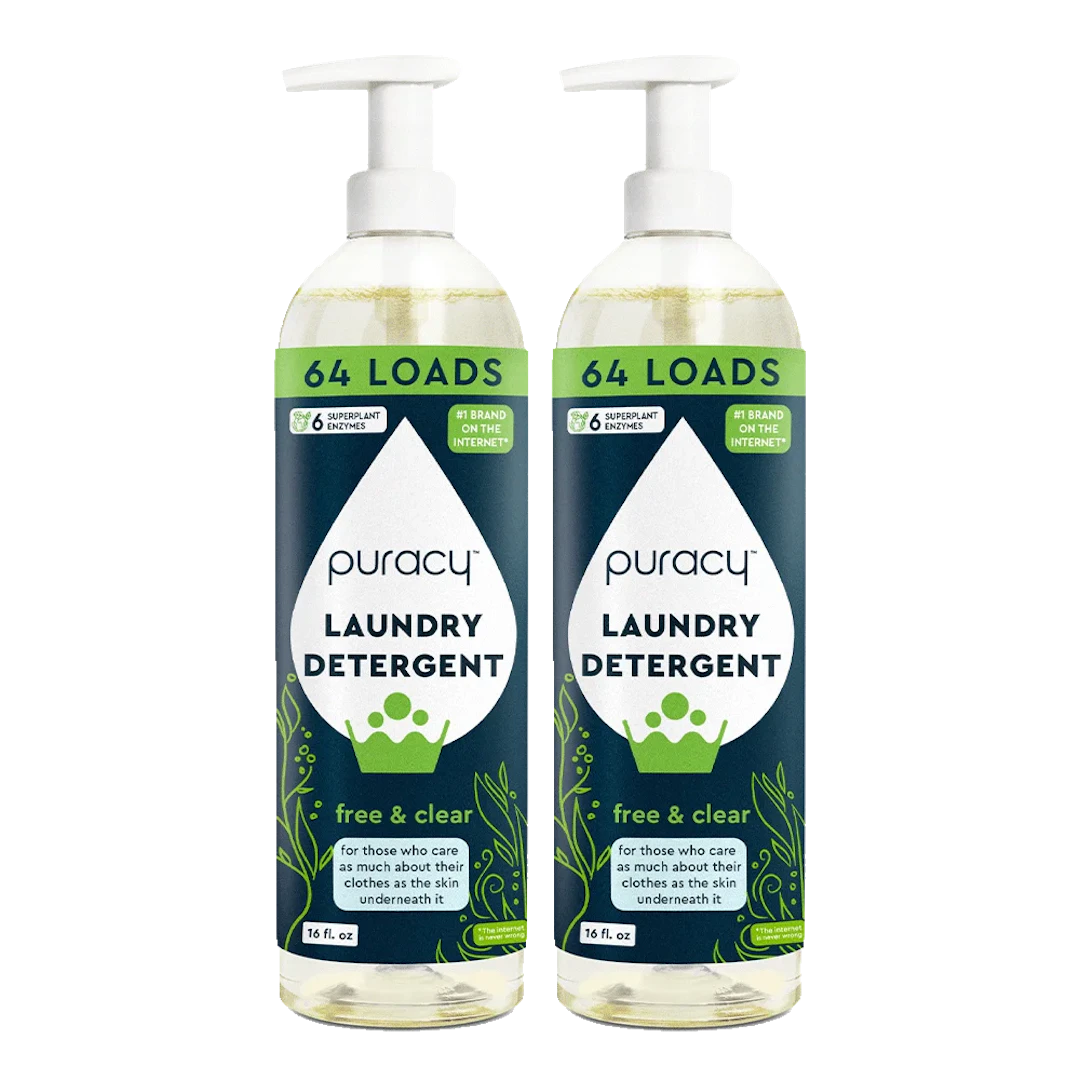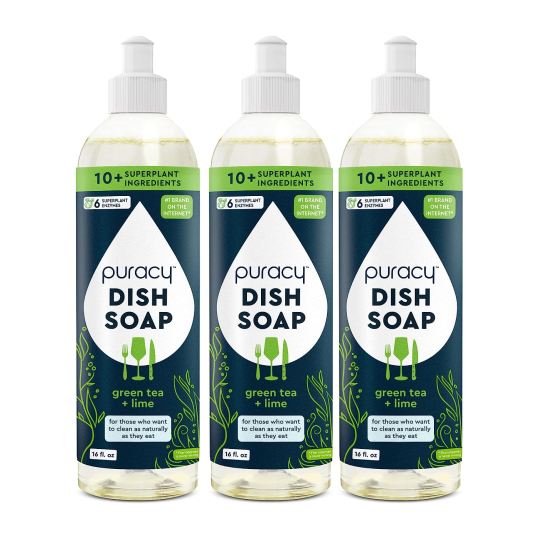
How to Clean Your Leather Wallet
Leather wallets can get dirty, grimy, and even downright gross if you don’t give them some TLC every now and then. A little routine care goes a long way to keeping it in tip-top shape. Let's dive into how to clean your leather wallet effectively and keep it looking just as sleek and polished between cleanings.
Why Should You Clean Your Leather Wallet?
Cleaning your leather wallet isn’t just about looks—it’s about maintaining the material's integrity. Leather, being a natural material, breathes and ages over time, especially with wallets. Dirt, grime, and oils from your hands can gradually break down the fibers, causing wallets to look worn and even crack over time.
Regular cleaning will keep your wallet looking fresh, extend its lifespan, and maintain its suppleness. Plus, with all the germs and bacteria that hitchhike on your wallet from daily use, a good clean is like a mini detox for your leather.
Step-by-Step Guide to Cleaning Your Leather Wallet

What You'll Need:
- Microfiber cloths
- Mild leather cleaner or a DIY solution (like a mix of gentle dish soap and warm water)
- Leather conditioner
- Cotton swabs
- Soft-bristled brush
- White vinegar or isopropyl alcohol
- Baking soda or activated charcoal
- A bowl of lukewarm water
- Optional: Essential oil (like lavender or lemon) for a fresh scent
Steps:
1. Empty Your Wallet
Start by removing everything from your wallet—cards, cash, coins, receipts, random business cards. You don’t want to clean around anything in the wallet. Empty wallet pockets mean you can reach every nook and cranny and it means you get a more thorough cleaning.
2. Brush Off Loose Dirt
Use a soft-bristled brush or a dry microfiber cloth to gently brush off any dust or loose dirt on your wallet. This step is essential as you don’t want to rub dirt into the leather wallet during the cleaning process and this maintains an even shine as you condition.
3. Remove Stains
If you’ve got a stubborn stain on your wallet, lightly dampen a cloth with a mild leather cleaner or your homemade solution. Gently rub the stained area on your wallet in a circular motion. Always remember: don’t soak the leather in your wallet; you want it slightly damp, not dripping wet.
Pro tip: For ink wallet stains, use a cotton swab dipped in isopropyl alcohol, but be careful: too much can dry out the leather.
4. Gently Disinfect
Leather is porous, which means it can harbor bacteria. Dampen a cloth with a mixture of water and a tiny bit of mild soap, and wipe down the wallet. Avoid harsh chemical disinfectants on your wallet—they’re a fast track to drying out the leather and potentially ruining it.
5. Deal with Mold and Mildew
Do you notice any mold or mildew stains on your leather wallet? Mix equal parts of water and white vinegar. Dab a cloth in the solution and gently wipe the affected areas on your wallet. Vinegar is excellent for killing mold spores without damaging leather.
6. Condition the Leather
Apply a small amount of leather conditioner to a clean cloth and massage it into the leather wallet using circular motions. This keeps the leather wallet hydrated, soft, and less prone to cracking. Remember: Always use a conditioner suitable for the type of leather your wallet is made of.
7. Banish Bad Odors
Do you notice any strong or pungent odors from a wallet that may have have been left wet for a considerable amount of time? Sprinkle a little baking soda inside and let it sit overnight on your wallet. Or, place the wallet in a sealed bag with activated charcoal or even coffee grounds to neutralize and clean unwanted odors.
8. Drying Time
Let your wallet air dry naturally, away from direct sunlight or heat sources (like a radiator or hairdryer). Patience is key here; applying direct heat can make the leather wallet brittle and cause it to crack.
How to Clean Different Types of Leather

Full-Grain Leather
This high-quality leather needs a gentle touch and should never be cleaned using harsh or abrasive cleaners. Use only mild, natural cleaners and condition regularly to maintain your wallet’s rich look and feel.
Top-Grain Leather
Slightly more durable than other types and variations of leather, this leather benefits from regular conditioning to keep your wallet soft and clean, even after repeated cleanings. Avoid using excessive water or harsh chemicals on your wallet.
Genuine Leather
The most affordable and widely used leather for wallets, it’s less sensitive but still needs regular cleaning and conditioning to maintain its softness and sheen. You should always avoid soaking this wallet in water or using rough brushes.
FAQs

How Do You Preserve the Shine on Leather?
To keep your wallet shiny even after repeated cleanings, use a leather conditioner regularly and buff with a soft cloth after each application. You can also use a tiny bit of beeswax for an extra glossy finish.
Is Washing Leather Okay?
Washing leather wallets in water is not advisable in order to keep its softness and shine. Always opt for spot cleaning with a damp cloth and use specific leather cleaning products.
What Ruins Leather or Fades Color?
Prolonged exposure to sunlight, excessive moisture, harsh chemicals, and rough handling can all damage leather and cause color fading to your wallet.
Can You Wash Leather in a Washing Machine?
Absolutely not. The machine's agitation and water immersion can warp, shrink, and discolor the leather.
How Do You Remove Oil and Grime from Leather?
Sprinkle a bit of cornstarch or baking soda on the affected area. Let it sit for a few hours to absorb the oil, then gently brush it off.
How Do You Avoid Leather Cracking?
Regularly condition your leather wallet to keep it hydrated. Avoid exposure to direct sunlight or heat and never let it dry out completely.
Can You Apply Heat to a Leather Wallet?
No. Applying direct heat can cause leather to dry out and crack. Always allow it to air dry naturally.
